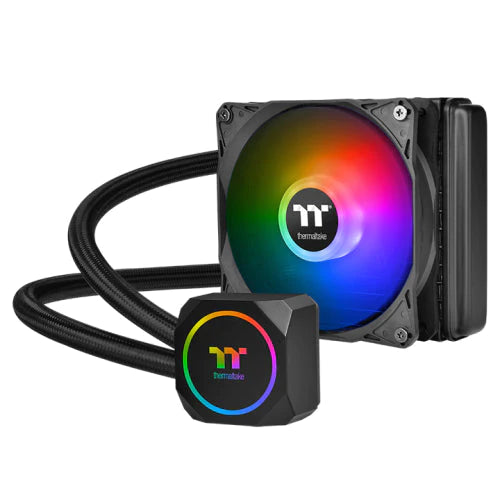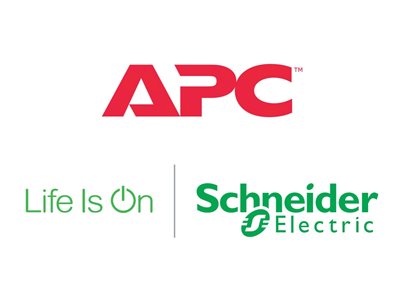Four Things To Consider When Choosing A PC Cooler
One of the biggest issues that you’ll run into with your PC is it overheating. That is why it is so important to purchase a cooler that will keep all of your PC’s components from overheating and being damaged.
Before picking your PC’s cooler, there are four things that you’ll need to consider.
- The type of cooler
- TDP rating
- CPU socket
- Cooler footprint
This article will go over each of these four factors and the importance of each when choosing your PC cooler.
1. Types of Coolers
There are two types of coolers that you can purchase for your PC, air coolers and liquid coolers.
Air Coolers
Air coolers have been around for as long as computers have. They make use of fans to pull the heat away from the CPU and push it out of the computer. They are what generate the whirring sound that you hear almost every time you turn on a computer.
The benefit of an air cooler is that they are cheap and have fewer risks than a liquid cooler since it cannot leak.
The downsides to using an air cooler are that they are not as effective at cooling a PC down and they require more space. This means that the chances of your PC still overheating with the cooler are higher and that you’ll need to purchase a larger case to accommodate the footprint of the cooler.
Liquid Coolers
Liquid coolers are a newer cooling option that uses liquid to draw the heat away from the CPU and out of the computer system.
The benefit of using a liquid cooler is that they are able to maintain a more consistent temperature in the computer and they require less space. This means that the chances of your computer overheating are lower and that you can purchase a smaller case.
The main downsides of a liquid cooler are the price and the potential for damage. If a liquid cooler leaks it has the potential to severely damage the internal components of the computer.
2. TDP Rating
After you’ve decided what type of cooler you want to use, you’ll need to make sure that it is strong enough to cool down your computer system. To check this you’ll want to check the TDP rating.
The TDP rating represents the maximum heat that the cooler can effectively pull away from the CPU. You’ll want to make sure that the TDP rating of the cooler is higher than that of the computer.
3. CPU Socket
For a cooler to work properly, it needs to fit over the CPU socket. Normally, the cooler attaches to the CPU socket and uses either air or liquid to draw the heat away from the socket and toward the external parts of the computer.
The majority of PC coolers are adjustable and will fit over various CPU sockets. However, this is still important to check. If you have a custom-made CPU socket then you may need to have a customized cooler made to fit it properly.
4. Cooler Footprint
The last thing that you will need to consider when purchasing a PC cooler is its size. The cooler needs to be able to fit in amongst all the other components of your computer.
To figure out how big of a cooler you can fit you’ll need to measure the space between the motherboard and the other components of your computer. Then you can compare those measurements with the dimensions of the PC cooler that you’re considering.
Remember, liquid coolers typically have a smaller footprint than air coolers since they do not use fans to cool the CPU. So, if space is a concern you may be better off investing in a liquid cooler.
Key Takeaways
PC coolers are one of the most important devices when building a computer system. They are what prevent the system from overheating which is crucial to avoid damage to the delicate internal components.
When picking a cooler, there are several factors you’ll want to consider, the type of cooler, its TDP rating, your CPU socket, and the cooler’s overall footprint.
By considering these factors you’ll be able to purchase a PC cooler that fits all of your needs and keeps your computer system running smoothly for years to come.







